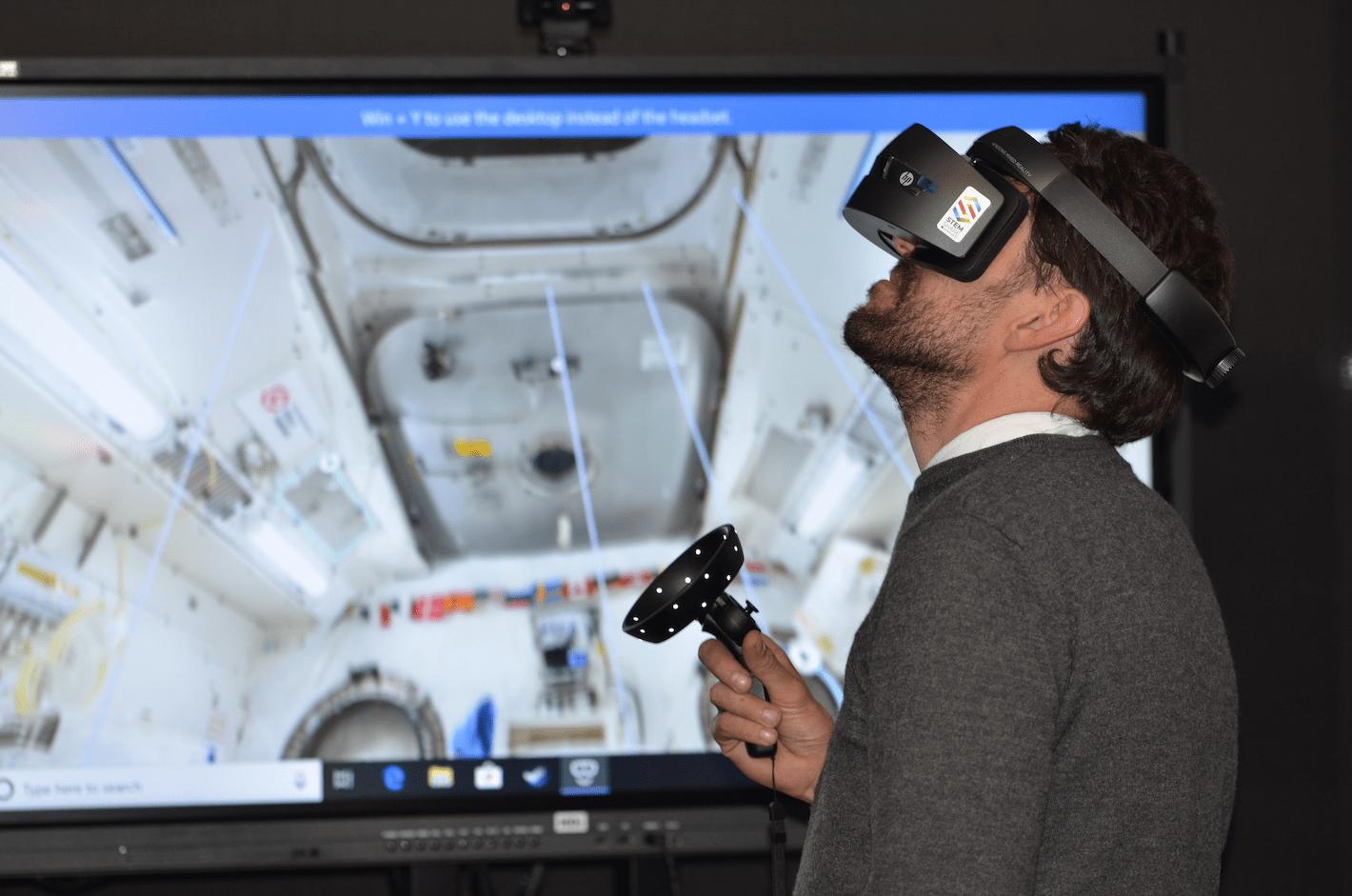COVID-19 has really stirred things up in the UX world and changed the way we approach user research. Where once in-person qualitative research would have been a go-to, it is usually not an option now.
There was no way around: research teams had to adapt to this new reality and do their best to successfully conduct user research under these difficult conditions. Unsurprisingly, it was necessary to move a lot of our research online.
How does “the new normal” affect our work? Buckle up and let me introduce you to remote research in times of pandemic.
Types of Remote User Research
Based on the relationship between user and researcher, there are two types of remote studies:
Remote moderated study is usually a video call consisting of the researcher interviewing the user and adapting the session depending on the user’s answers or experience.
Remote unmoderated study is a type of research where the user completes a set of tasks or answers a set of questions based on fixed questions or instructions. Unmoderated studies can range from usability testing to diary study or co-creation. The answers can be presented as open/closed text answers, pictures, videos, or screen recordings.

Tips On How to Successfully Conduct Online User Research
Conducting online user research doesn’t have to be problematic and burdensome. Surprisingly, it can prove itself to be quite effective. With the right tools and approach, remote research can save the researchers a lot of trouble.
Choose the right tools
Choosing the right tools is arguably the most important step in preparing for remote research. Once you set for the best one, the rest will go like clockwork. However, there are lots of different tools, and choosing the right one may be quite challenging. What should you consider before committing to it?
First of all, you must ask your participants what technology they have access to. Ideally, everybody would have a small UX lab in their home. Of course, life’s not a fairytale and usually you must rely on basic equipment. However, even under such conditions, it’s possible to successfully conduct research once you make sure the respondents are comfortable.
Before starting the research, you must remember to check what environment and context the participant will be in to ensure that they will be comfortable to answer your questions. Presence of third parties and other distractions can influence research results, so make sure there are no elements that can disturb the peace.
Prior to the research, you must also ask yourself how to make it as inclusive as possible. Especially in remote conditions, it’s crucial to choose the right participants and prepare them accordingly to minimise the risk of technical problems and ensure full accessibility.
Ensure participants know how to use remote technology
Everybody knows how to use a computer, right? Well, I wish it would be simple like that...
Before starting remote research, it’s important to make sure that your respondents know how to use the chosen tools. You must provide them with all the necessary information about the organisation of the study and make sure that all its elements are clear and understandable. If necessary, you should also consider conducting a training session or provide them with operating manuals.
Also, it may be helpful to add additional criteria during recruiting and screening to make sure that your respondents have at least some level of familiarity with the tools chosen for your study.
Conduct a prep meeting before the actual research session
To minimise the risk of any possible technical problems, I advise you to conduct a preparatory meeting with your respondents. Of course, there’s no way to rule out all the issues, but it can help you run things smoothly during the actual research,
This early meeting should be focused on handling any technical or planning details, including ensuring that the participants have any needed technology and that it is fully functional.
On top of that, a prep meeting can also help respondents to get used to research conditions and significantly reduce stress and anxiety associated with participating in the study.
Remote User Research: Not so Black As It Is Painted
Even though it was difficult to switch to the remote mode, conducting online user research proves to have its advantages, and correctly prepared, it may turn out to be a good alternative to the traditional one.
There’s no denying that the greatest difficulty is to deal with all the technical background, but once you master it, you’re up for an easy start. With the remote research, it’s not only easier to recruit, as there are no distance limitations but also conduct the study, as the respondents feel more at ease answering from the comfort of their home.





